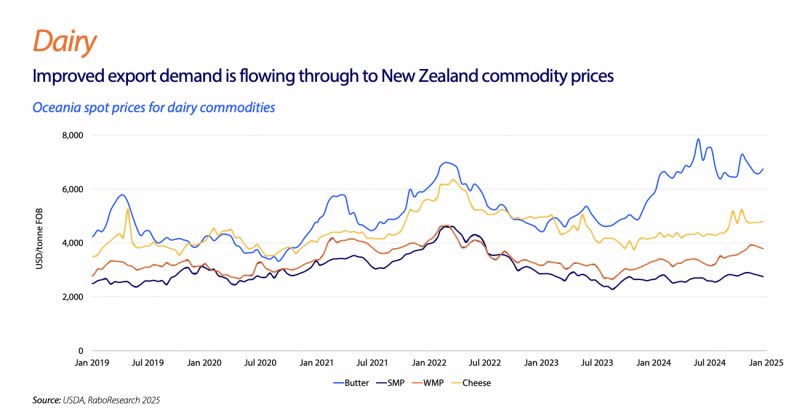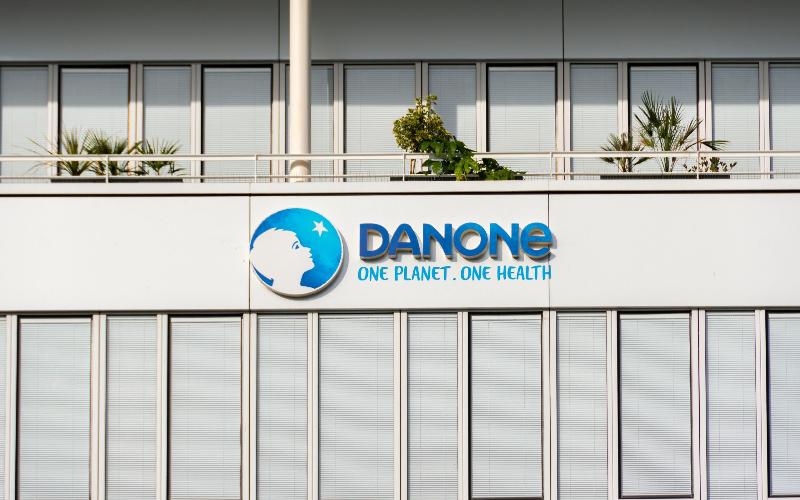New Zealand Dairy Market in 2025: Stability and Growth Amid Global Challenges

Dairy Production and Export
According to RaboResearch New Zealand Agribusiness Outlook 2025, New Zealand's milk production is showing stable growth. In December 2024, milk collections increased by 1.4% year-over-year, with total seasonal production growth reaching 3.1%. This growth is driven by favorable weather conditions and improved farm profitability.
Exports remain a crucial driver for the country’s dairy industry. The primary export markets are China and the United States, but changes in demand dynamics are expected in 2025. After years of declining dairy import volumes, China is showing signs of demand recovery, creating new opportunities for New Zealand exporters.
Trade Barriers and Global Challenges
Despite positive forecasts, trade policy under the Donald Trump administration in the U.S. remains uncertain, and potential tariff restrictions could affect dairy exports. At the same time, China is conducting inspections of agricultural imports, which may introduce additional barriers for shipments.
Furthermore, global logistics challenges, including shipping disruptions due to geopolitical conflicts, add risks for exporters. High transportation costs and potential changes in supply chains could pressure product pricing.
Milk Prices and Farm Profitability
Farmgate milk prices in 2025 are expected to remain above last year’s levels, driven by strong dairy product demand and favorable production conditions. However, rising costs for feed and fertilizers, influenced by the weaker New Zealand dollar, could increase production expenses.
According to RaboResearch, global dairy prices are anticipated to remain relatively stable, supporting positive financial results for farmers. However, producers must consider possible demand fluctuations, particularly in key export regions.
Environmental and Regulatory Changes
In 2025, New Zealand’s dairy industry continues to adapt to new environmental regulations. Changes to the Resource Management Act (RMA) and adjustments to the Emissions Trading Scheme (ETS) may impact farming practices.
Additionally, sustainability remains a key factor in competitiveness. New Zealand dairy companies are increasingly investing in carbon reduction technologies, renewable energy use, and environmentally friendly production methods. These initiatives not only align with the growing demand for sustainable products but also strengthen New Zealand’s position in the global market.
Outlook and Strategy for 2025
Overall, 2025 appears to be a favorable year for New Zealand’s dairy industry. Growth in production, recovering demand from China, and high farmgate milk prices create a positive foundation for sector development. However, geopolitical and economic risks require producers to remain flexible and adaptive.
To succeed in 2025, New Zealand dairy farmers and exporters should focus on cost management, strengthening trade relationships, and implementing sustainable farming practices. In a shifting global market, strategic planning and market diversification will be key factors for success.














